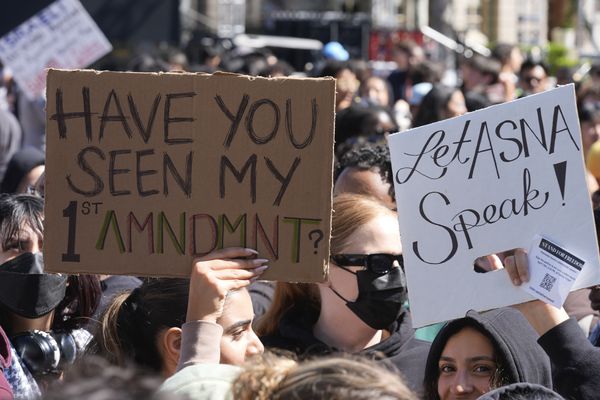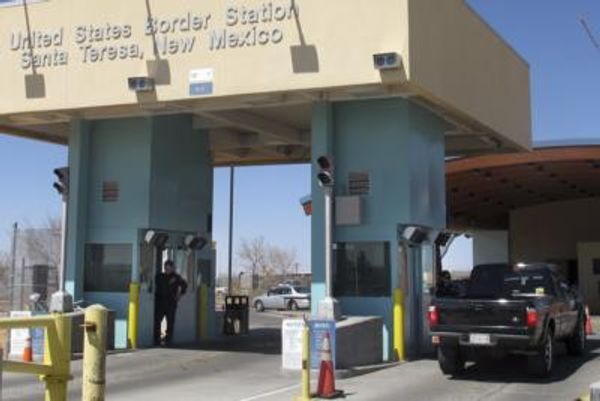
The numbers tell the story. In the years since the Rudd stimulus of 2008-09, Australian governments have spent around 24.8% of GDP. And that’s the level it’s been at this century, even if the levels bounce around from year to year. A quarter of the economy has been the broad envelope within which governments of both sides operated.
But in 2020 that era ended. A new fiscal era began, one of even bigger government. A rush of spending to offset the pandemic and its consequences pushed spending for 2019-20 — supposedly the year we’d be “Back in Black” — up toward 28%. In 2020-21, JobKeeper and billions of other pandemic spending measures pushed spending over 31%. In 2021-22, as the Delta and Omicron variants dealt successive blows up and down the east coast, spending remained at nearly 28%.

All of that was entirely justified. But in contrast to the budgets of Wayne Swan, which after the Rudd stimulus pushed spending back down below 25% — in fact below 24% in 2012, when Swan was still aiming for surplus — Josh Frydenberg and Scott Morrison aren’t returning spending to below 25%. That level has been abandoned. Next year’s spending will be above 27%, so too the following year; the later two years of the forward estimates still have spending above 26%. The government plans to be spending 26.3% of GDP in 2026, more than half a decade after the pandemic started. There’s nothing temporary or targeted about what the government’s doing.
And in a section in Budget Paper No. 1 called “Receipts and payments estimates and projections”, Treasury estimates spending will continue above 26% over the next decade. Indeed, it slowly rises in the late 2020s.

Welcome to our bigger government future. Barring radical spending cuts — big cuts, each year, for several years — we’re not going back below 25%. In case you think 1-2% doesn’t matter a great deal, this year it equates to over $20 billion a year, every year, in extra spending. All borrowed.
That a party that proclaims itself the true supporters of small government in Australian politics has presided over a permanent increase in the size of the state in Australia is as amusing as the fact that it has done so with precisely zero debate. No Liberal MP has stood up to condemn the rise and rise of government spending.
Did they ever really believe in small government anyway? Or did they just use that line on business donors?
And what value are we getting for that permanent expansion in government? We know the value of the extra spending in 2019-21 — the government saved the economy from a savage recession, even if legitimate criticisms can be made of the design of JobKeeper. But what of the permanent increase now baked in?
We are getting a National Disability Insurance Scheme — forecast to grow from $30 billion a year to $46 billion a year over the next four years. And we are getting a much more heavily subsidised child care system — child care subsidies are growing by about a third between 2019-25.
But we’re not getting a decent residential aged care system — while the government has significantly increased funding to home care (home care has been successive governments’ preferred vehicle for expanding aged care services since Julia Gillard overhauled aged care spending, with the support of Tony Abbott and one Concetta Fierravanti-Wells), residential aged care and in particular the desperately needed pay rise for residential aged care workers remains missing.
The budget was also light on for new health spending, although much of the additional COVID spending is still washing through the system (the cessation of that spending actually means total health spending is falling over the next two years, even though funding in areas like state-run public hospitals is continuing to grow in real terms).
And we’re not getting a better education system. Higher education funding is, amazingly, falling over the next two years, not increasing, and in 2025 will still be below its current level. Vocational training is also losing funding. Funding to government schools and non-government schools is growing at only just above inflation.
We are getting more defence — that’s increasing by 7% in real terms in coming years, but we know most of that will go in cost overruns on new hardware, though the $120 billion cost of building nuclear submarines over the next 30 years remains a matter for later budgets.
And we’re not getting worthwhile infrastructure. As Crikey reported on Monday, the government’s infrastructure spend is mostly on projects that aren’t even under assessment by Infrastucture Australia — consistent with the Coalition’s long-term predilection for Nationals’ rorting and wasting money on boondoggles like the $20 billion (initial cost: $4 billion) inland rail project. Nor are we getting any decarbonisation — if anything, the budget increases spending on fossil fuels and especially gas.
This is the result of not having any sort of debate over the size of government, and the reluctance of Coalition MPs to live up to their self-proclaimed identity as guardians of state excess: more spending and more debt without any clear effort to determine whether taxpayers — and, increasingly, future generations of taxpayers who’ll be paying tens of billions a year in interest payments — are getting value for money and something to show for it.







